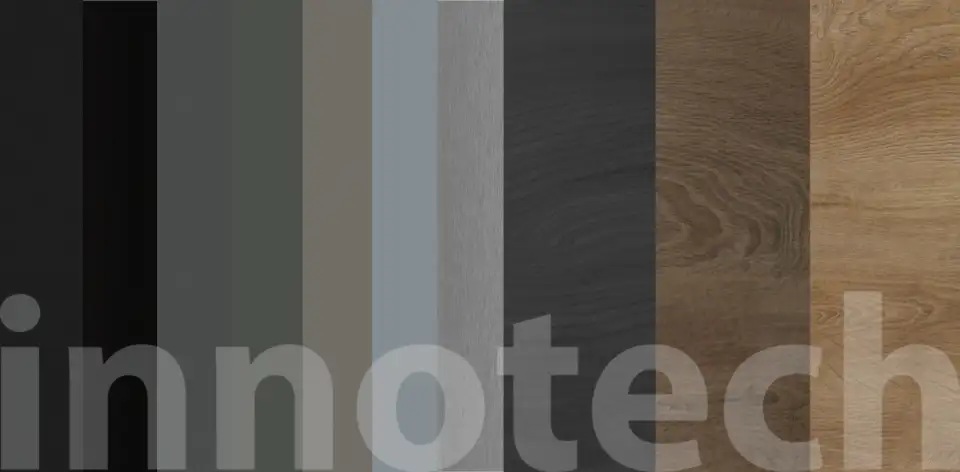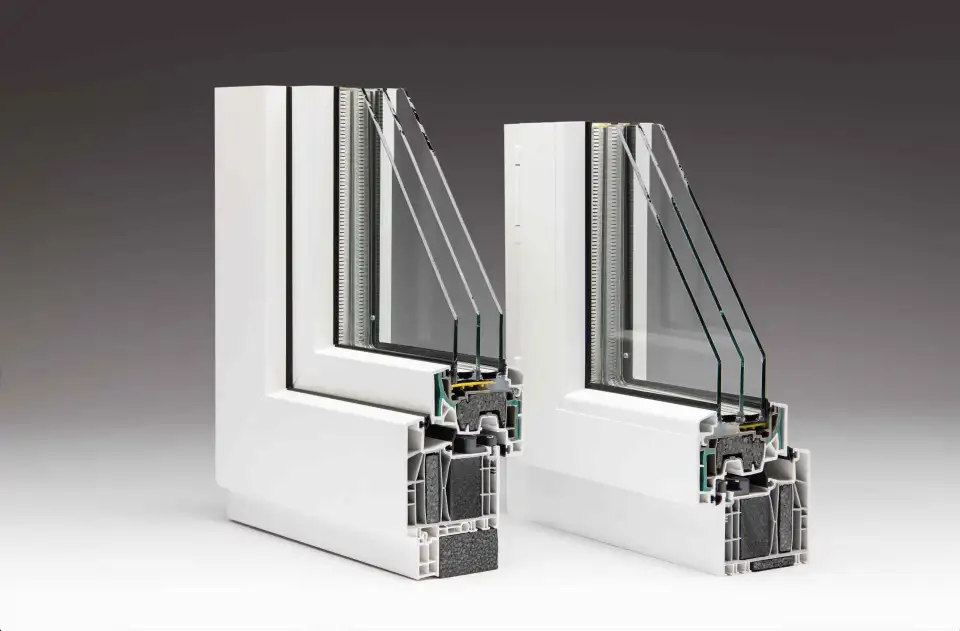
LANGLEY, BC, CANADA – Innotech Windows + Doors, North America’s largest exclusive manufacturer of German engineered fenestration systems, introduces its next generation of high-performance windows and doors. The new Defender 88PH+ System includes fixed windows, an operable window, and a terrace door that are all certified by the Passive House Institute - a distinguished recognition by the world’s most rigorous energy-based building standard.
Founded in 2001, Innotech Windows + Doors is an established and growing industry leader recognized for its commitment to product performance and durability. “We’re very excited to celebrate our 20th anniversary with the launch of our highest performing windows and doors,” says Troy Imbery, president of Innotech Windows + Doors. “The new Defender 88PH+ System is the cumulative result of continuous improvements learned over two decades of engineering, manufacturing and installing windows and doors in thousands of projects throughout North America.”

The Defender 88PH+ System includes Passive House Institute (PHI) certified fixed windows, an operable tilt and turn window and a terrace door. In addition to PHI certification, the new products are also certified by the National Fenestration Rating Council (NFRC) and tested to comply with the North American Fenestration Standard/Specification (NAFS). The result is a comprehensively engineered, tested and certified high-performance fenestration system with outstanding thermal insulation, superior air, water and sound resistance, and proven durability specifically designed for North American building projects.
The Defender 88PH+ System includes the first cold-climate PHI-certified window manufactured in North America – a significant achievement for the North American fenestration industry and long-awaited performance milestone for the North American Passive House building industry. The cold climate certified Defender 88PH+ XI has a low Uw value of 0.60 W/m2K and supports the growth of Passive House buildings in colder climates in Canada and the United States.
The Defender 88PH+ System also includes three cool temperate PHI certified products with a Uw range of 0.74 to 0.80 W/m2K, including a terrace door that can be designed as a single or double door with or without sidelites. Defender 88PH+ System also includes a significant library of Flixo models of window and door options, such as couplers, mullions and sills, to effectively support Passive House Designers. All products within the Defender 88PH+ System can be combined to create high-performance window and door assemblies.
The Defender 88PH+ System is an advanced fenestration system that is engineered to provide strength and stability. Innovative reinforcements improve structural performance and significantly reduce thermal conductivity. This allows the Defender 88PH+ System to be reliably designed in extra-large sizes and a wide range of colour finish options.
“We’re very excited to offer our clients a range of window and door systems that help them exceed their required performance targets and meet increasingly rigorous building codes, such as the BC Energy Step Code or the Toronto Green Standard, as well as voluntary performance standards, such as Passive House or net-zero energy,” says Imbery.

The Defender 88PH+ System is available in a wide range of durable colours. The Defender 88PH+ System joins an already impressive product line-up that includes the Defender 76TS System, a Passive House suitable component. The range of systems offers building professionals the flexibility to choose the appropriate windows and doors to meet the performance requirements for their projects.
For more information on the Defender 88PH+ System, click here.
For more information:
Jessica Owen
Brand Champion | Innotech Windows + Doors